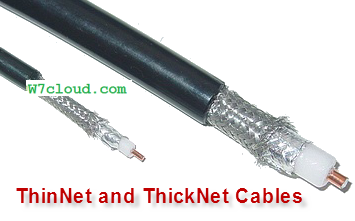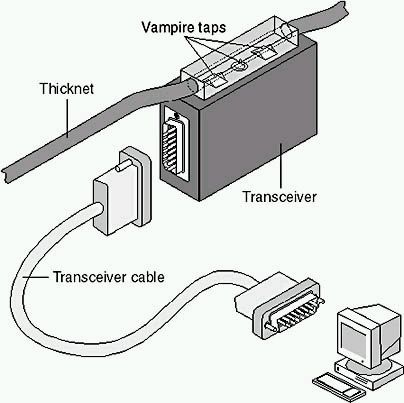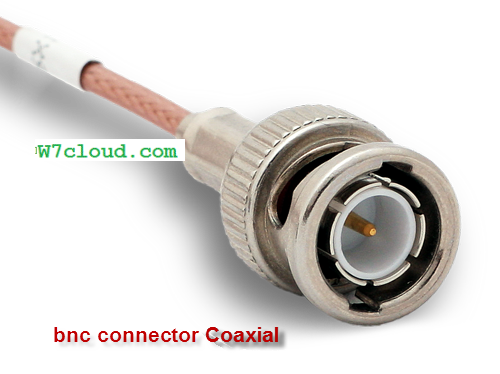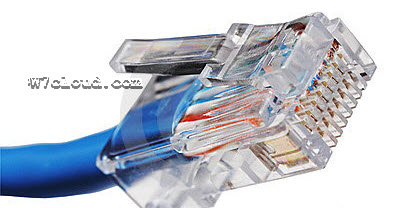
Ethernet Cabling Categories
Ethernet is a technologies that provides layer-2 (data-link layer) and layer-2 (physical) specifications for controlling access to a shared network medium. It has emerged as the dominant technology used in LAN networking.
Different type of Ethernet Cables:
Following are the different types of Ethernet Cable which are used for networking:
- Coaxial Ethernet cable
- Twisted-pair Ethernet cable
- Fiber Optic cable
Coaxial cable:
Coaxial cable is consists of a single wire and normally it is surrounded by insulation, a metallic shield. This shield helps coaxial cable to protect against electromagnetic interference, attenuation, a reduction of the strength and quality of a signal. Electromagnetic interference can be produced by florescent light ballasts, microwaves, cell phones, and radio transmitters.
Coaxial cable is normally used to set up television cable.
Two types of Coaxial Cable:
- Thinnet Coaxial Cable
- Thicknet Coaxial Cable
Thinnet Coaxial Cable supports greater distances with its wider diameter and more shielding. However, Thinnet Coaxial Cable is less flexible as compare the thinnet, therefore working with Thinnet Coaxial Cable is more difficult.
A vampire tap is used to physically connect devices to thicknet, while a BNC connector is used for thinnet.
Twisted-pair cable:
Twisted-pair cable normally consists of four or eight wires in a plastic casing. In Twisted-pair cable wires in a pair are twist around each other to reduce interference like crosstalk. Twisted-pair is the most famous Ethernet cable. Twisted-pair cable is of two types:
- Unshielded Twisted-pair cable
- Shielded twisted pair
Shielded twisted pair is consider to more resilient to Electromagnetic interference, however in all types of twisted-pair hurt from greater signal attenuation as compare to coax cable.
Types of twisted-pair cable:
There are following types or categories of twisted-pair cable.
- Category 3 or Cat3: This twisted-pair cable have three twists per inch.
- Cat5: This twisted-pair cable have five twists per inch.
- Cat5e: Like the Cat5 this cable also have five twists per inch but all pairs are also twisted around with each other.
- Cat6: six twists per inch, with improved insulation. transmission frequency= 250 MHz
- Cat6e: Same like cat6 but have designed to double transmission frequency to 500 MHz. Cat6 – 250 MHz
An RJ45 connector is used for connecting a device to a twisted-pair cable.
Fiber Optics Cable:
Optical fiber cable uses glass fibers to transmit data. Date in a fiber optic cable travel in form of light. An optical fiber cable contains bundle of glass fibers, each fiber is capable of transmitting messages in form of light waves.
Ethernet supports two fiber specifications:
Single mode fiber:
Single mode fiber consists of a very small glass core, allowing only a single light ray for transmitting data. This greatly reduces the attenuation and dispersion of the light signal. Single mode fiber supports high bandwidth over very long distances, often in several kilometers.
Multimode fiber:
Multi-mode fiber consists of a larger core which allows multiple modes of light to traverse it. Multimode suffers from greater dispersion than single mode fiber, therefore it is suitable for shorter distances. Single mode fiber more expensive as compare to multimode. Multimode fiber is often used for high-speed connectivity within a data-center.
Ethernet Standards:
There are following types of Ethernet standards:
- 10Base –T
- 1000Base -T
- 10gBase-SR




















